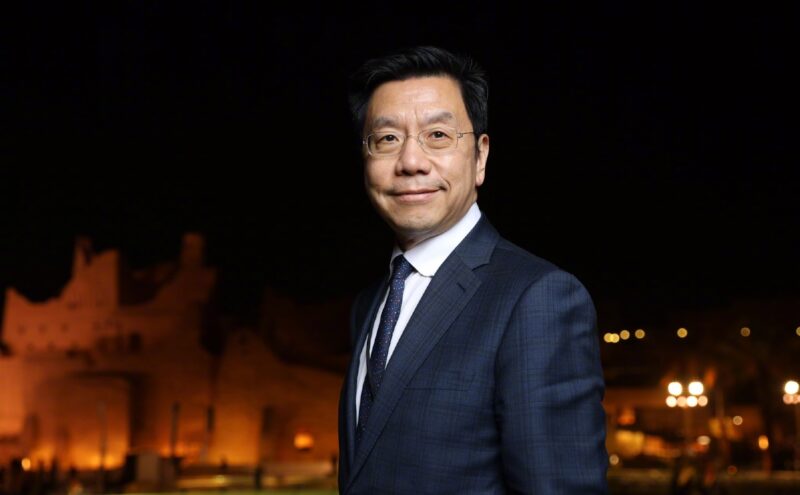In a surprising shift from the traditional idea of a cosy, fully-furnished living space, Chinese millennials and Gen-Z are embracing a new trend known as “unfinished apartments”. This unconventional lifestyle choice has gained significant popularity online, with social media platforms like Xiaohongshu and Douyin flooded with related hashtags.
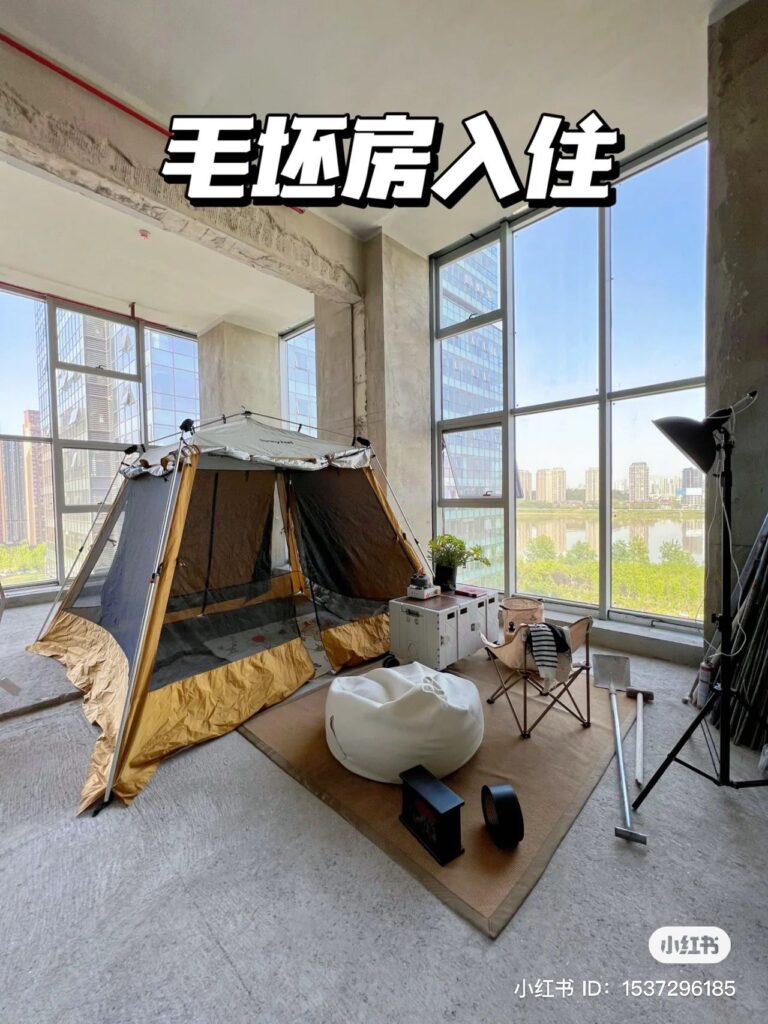
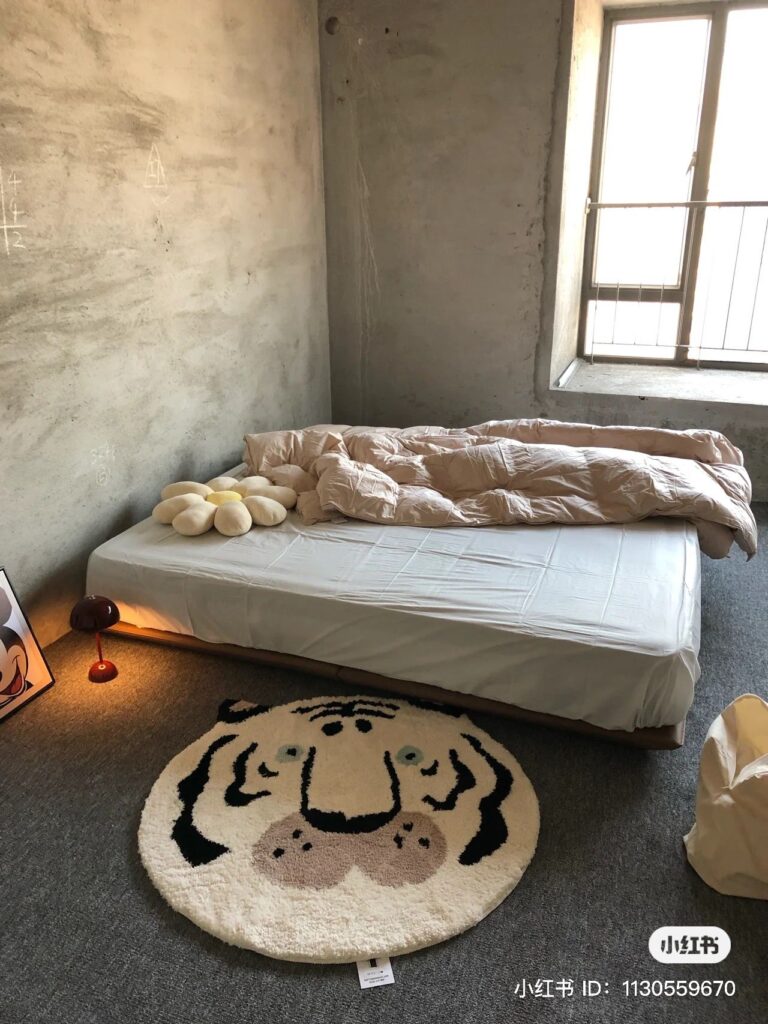
Unlike the norm in many other countries, purchasing apartments in China often means acquiring bare concrete shells devoid of any interior finishes – in fact, over 90% of all houses purchased in 2021 were unfinished units. Additionally, there is a societal expectation that homeownership is a significant measure of success. However, as China’s economy experiences a slowdown and job prospects remain challenging, many new homeowners find themselves unable to afford the expenses associated with decorating their living spaces. As such, they are compelled to reside in these unfinished homes out of necessity.
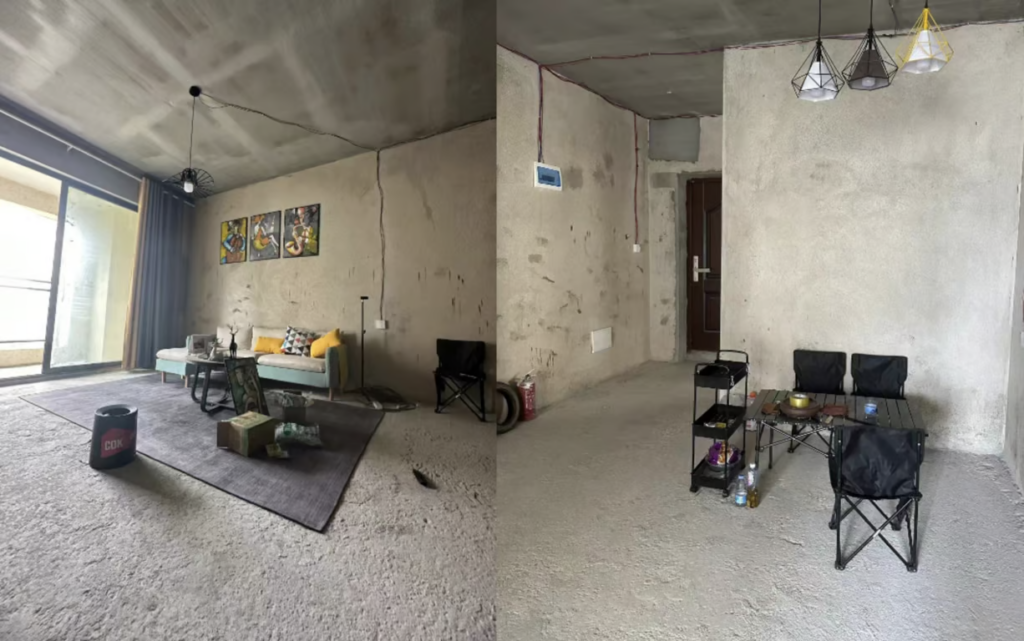
Remarkably, what began as a practical workaround due to financial constraints has transformed into a thriving lifestyle trend. Individuals are now deliberately opting for the industrial-chic aesthetic that unfinished apartments offer, even if it means sacrificing some comfort, such as walking barefoot on concrete floors.
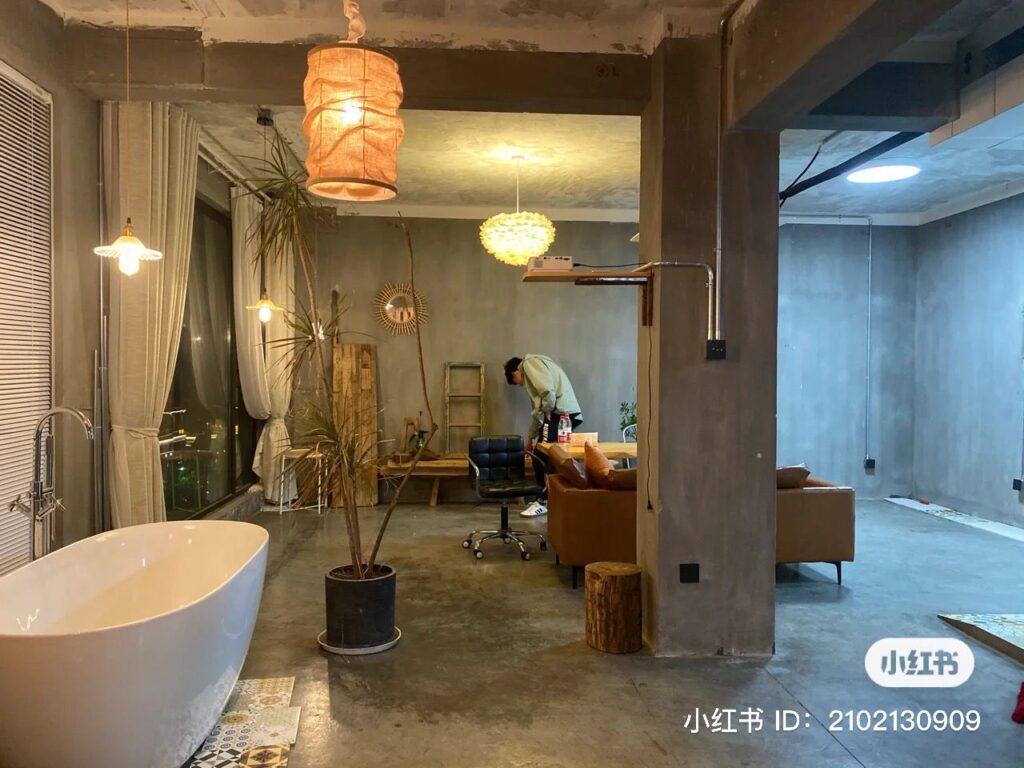

Social media has played a crucial role in amplifying the appeal of this growing phenomenon. Both Xiaohongshu and Douyin have become platforms for people to share photos and videos showcasing their unique unfinished living spaces and the lives they lead within those four walls. So far, the hashtag “Living in an unfinished apartment” has amassed nearly 1 billion views on Xiaohongshu and 8.98 billion views on Douyin.
The allure of the unfinished apartment trend extends beyond its aesthetic appeal. For many, it represents a rejection of excessive consumerism and a departure from the conventional notions of a fully furnished home. Embracing a minimalist lifestyle has also gained traction as individuals seek to reduce their environmental footprint and embrace a simpler, less materialistic way of living.
However, it is important to note that not all individuals living in unfinished apartments do so by choice. Economic factors and financial constraints continue to be the primary drivers for this trend. Nevertheless, the rising popularity of this lifestyle choice among Chinese millennials and Gen-Z underscores their resilience and resourcefulness in adapting to challenging circumstances.
As this trend gains momentum, it remains to be seen how the housing market and societal perceptions will respond. Only time will reveal the lasting impact of this phenomenon, which has redefined the concept of “home” for an entire generation in China.






